Back to Courses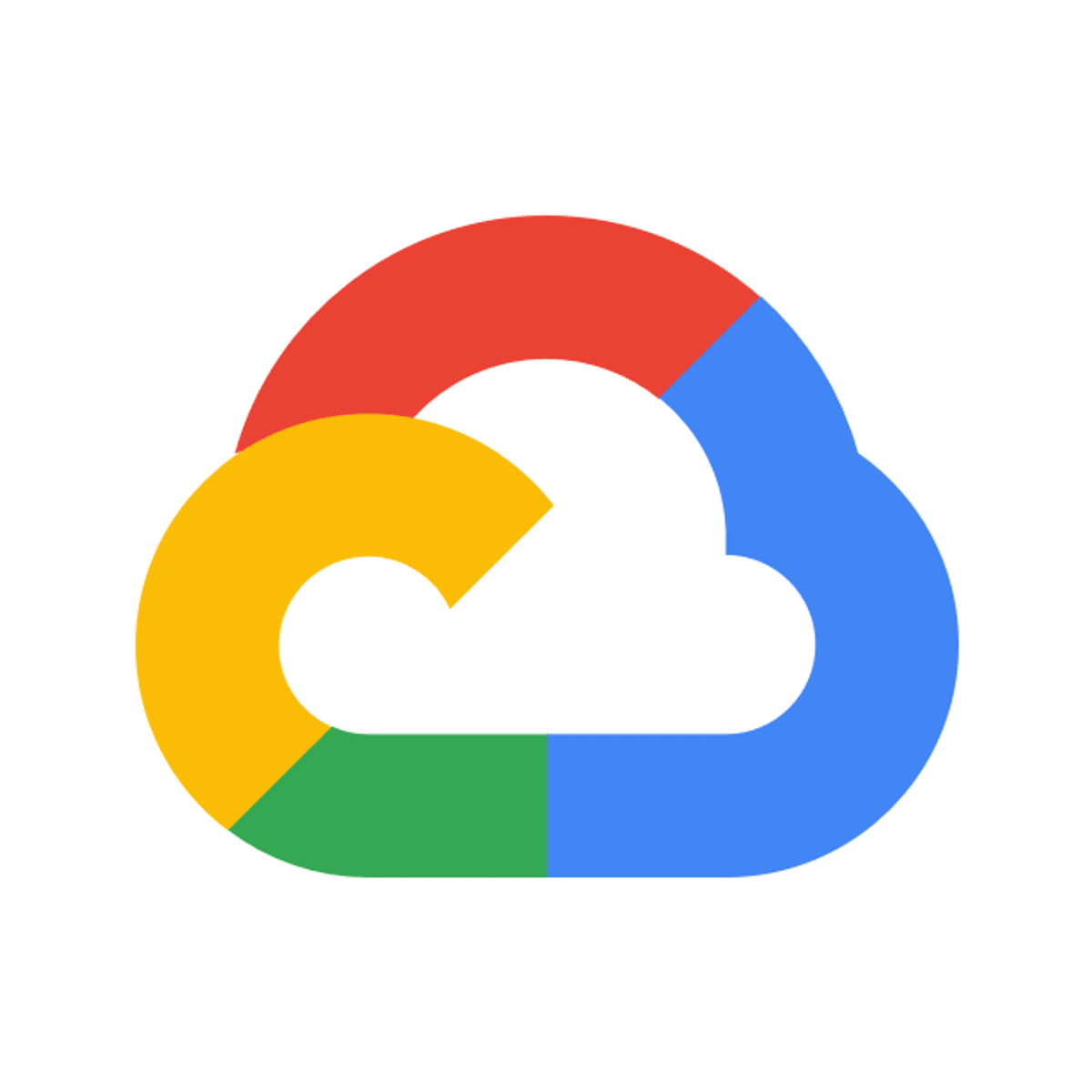
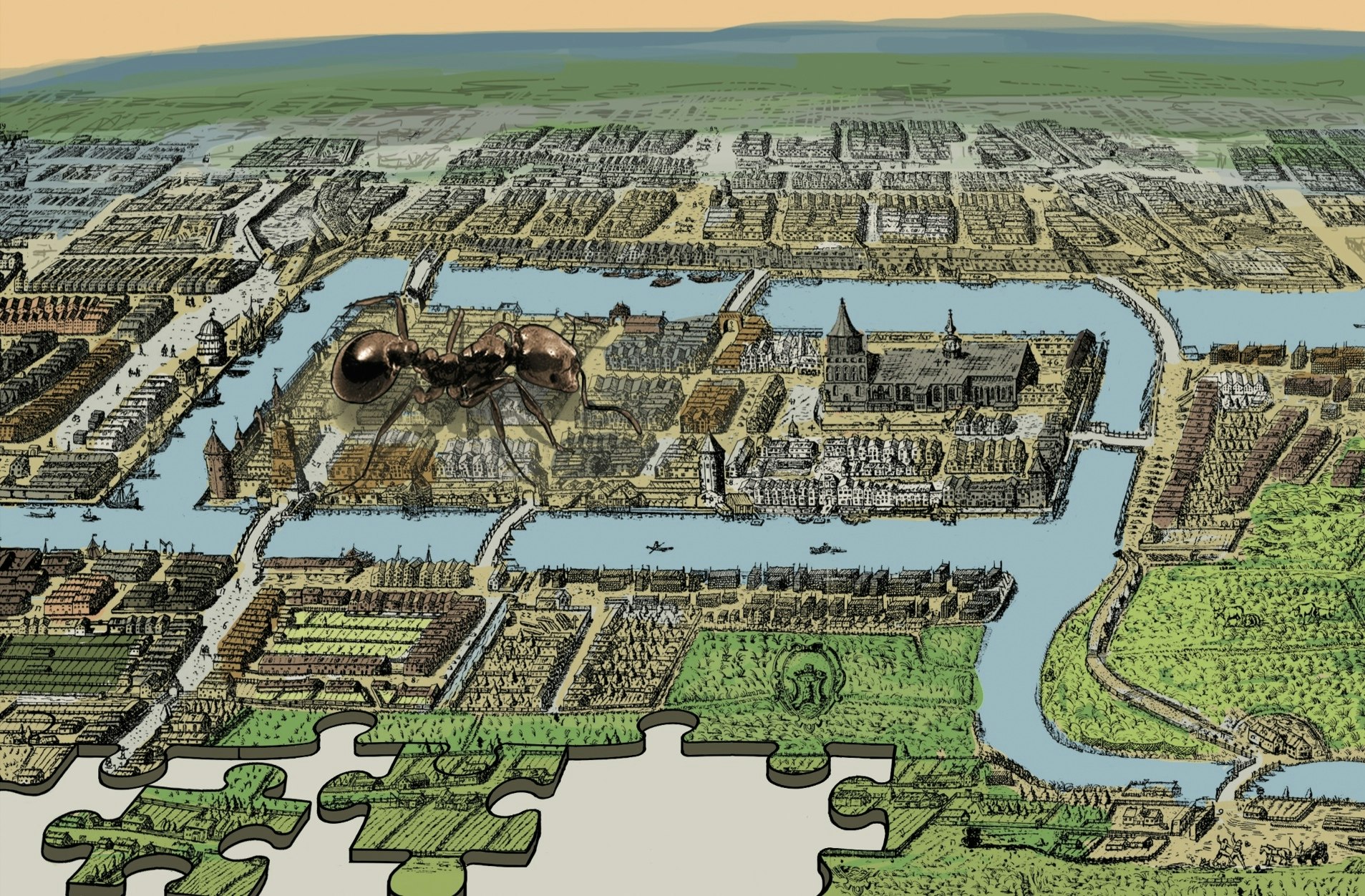
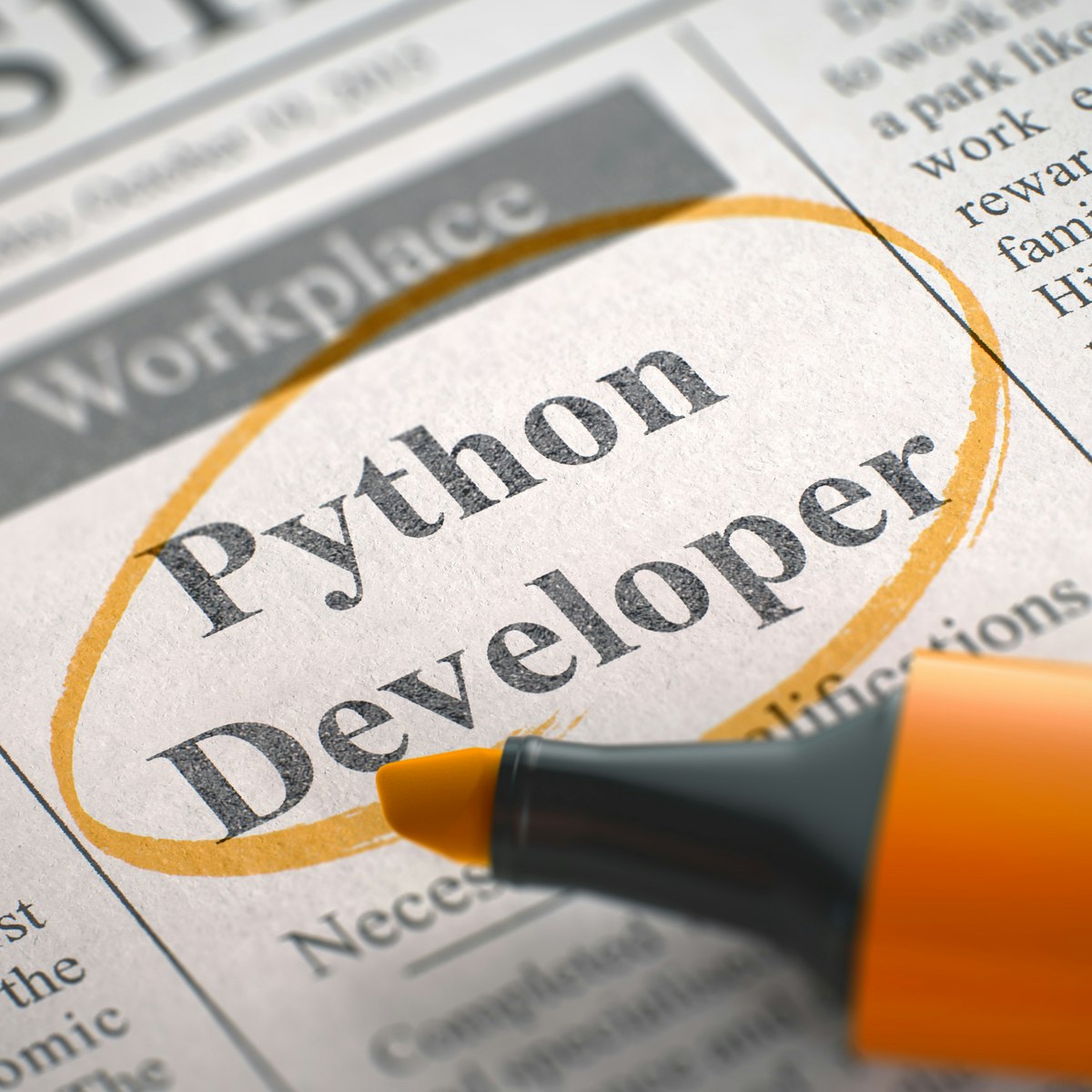


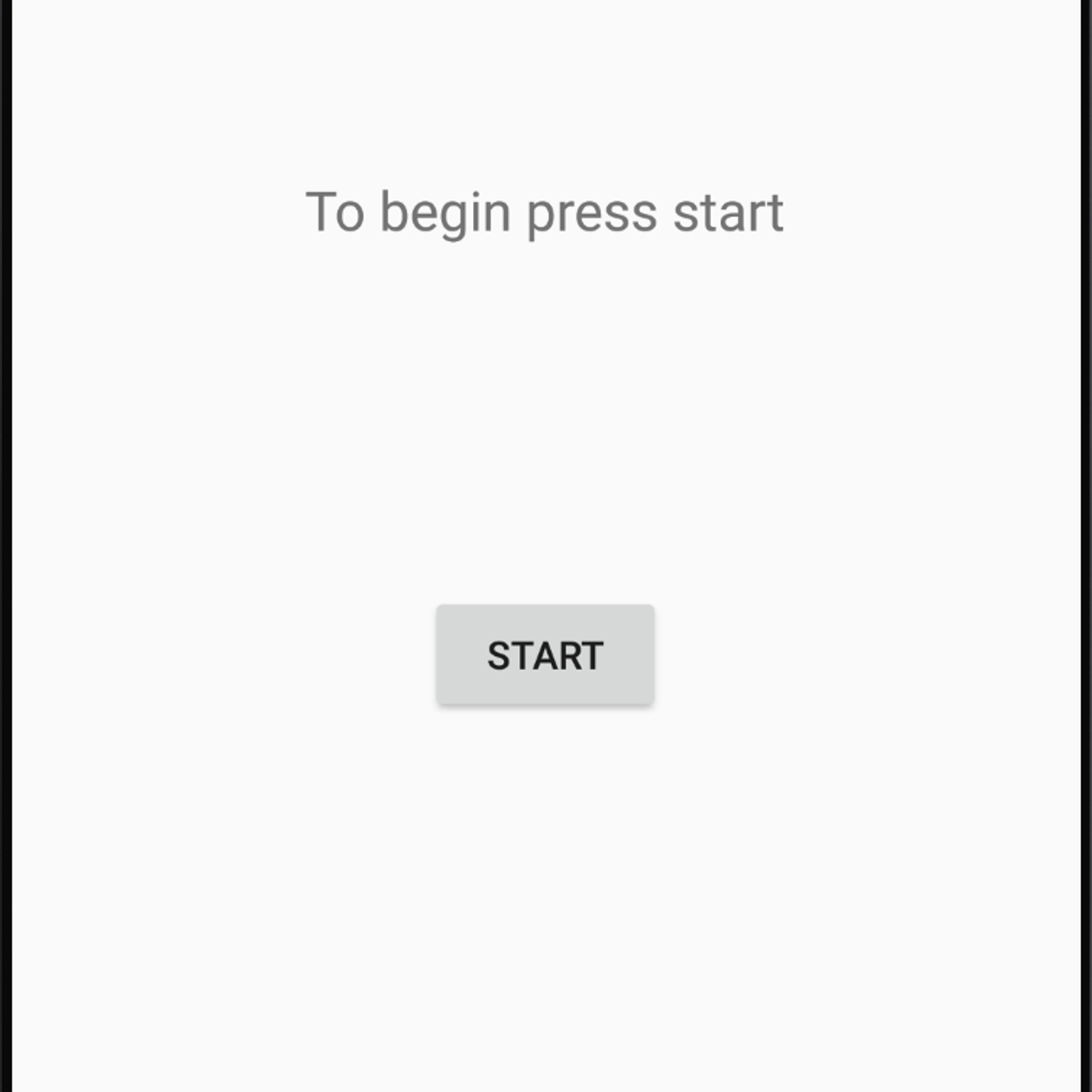


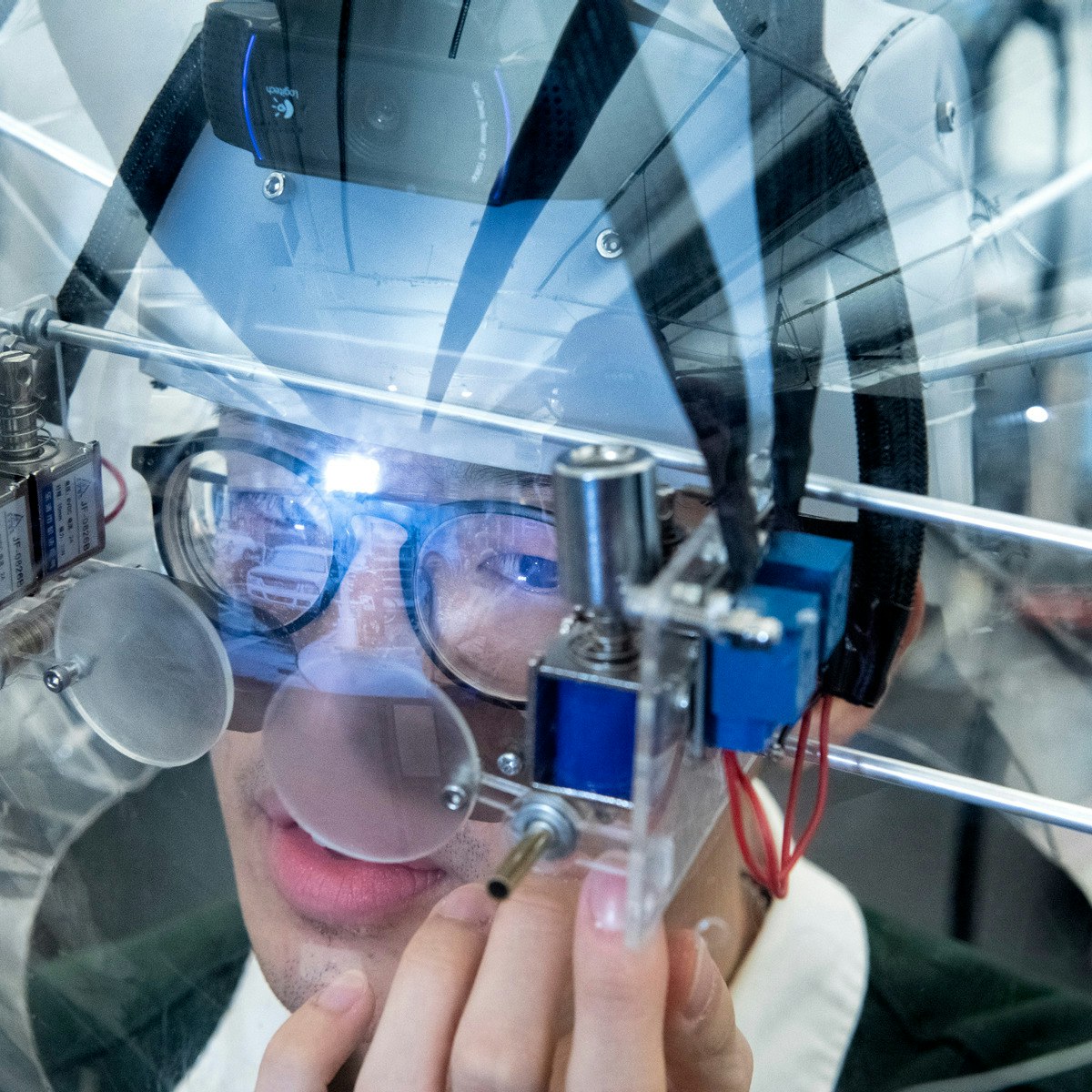
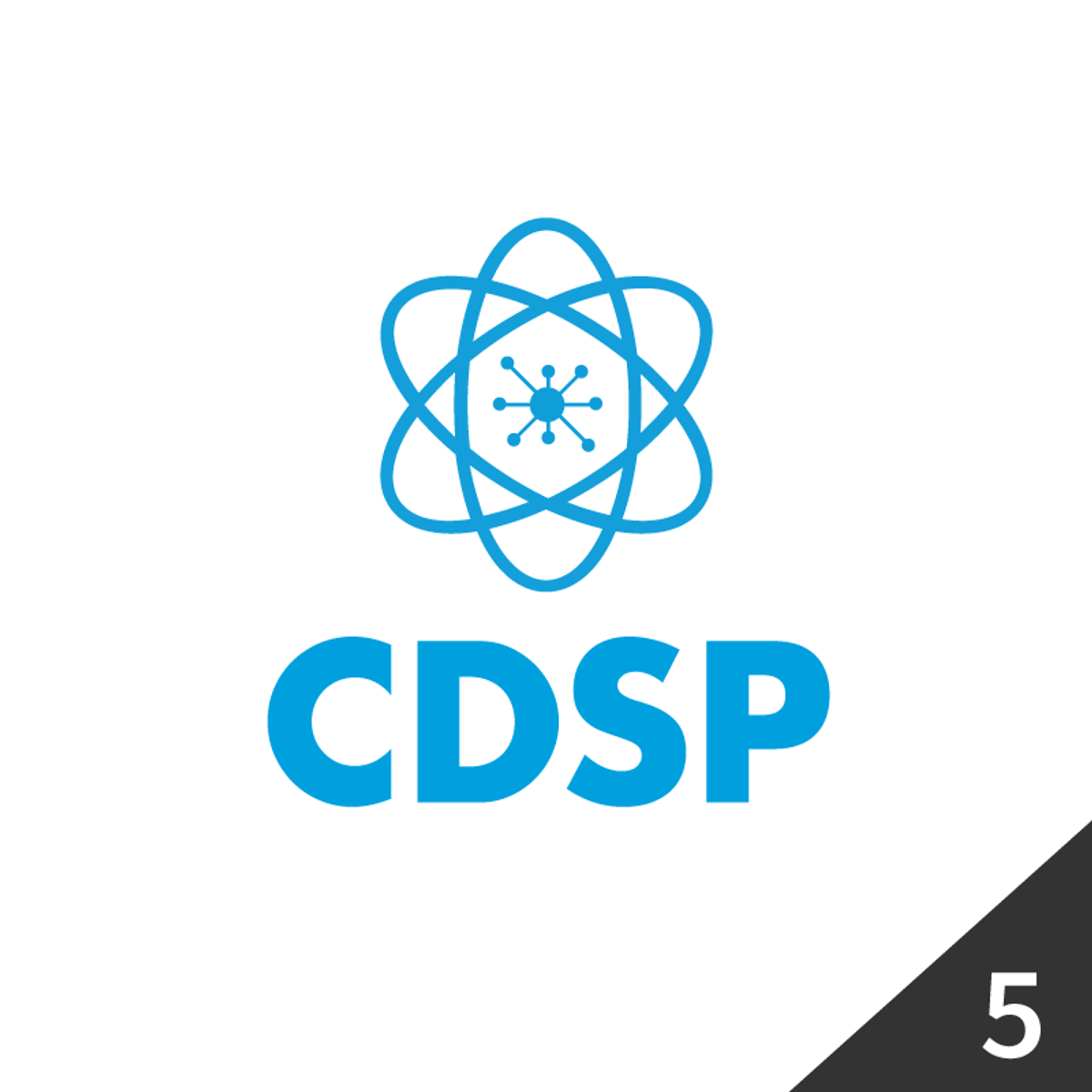
Computer Science Courses - Page 206
Showing results 2051-2060 of 2309

4 In A Row Game Development with Google Cloud + Unity
This is a self-paced lab that takes place in the Google Cloud console. Unity game development

Bioinformatics Capstone: Big Data in Biology
In this course, you will learn how to use the BaseSpace cloud platform developed by Illumina (our industry partner) to apply several standard bioinformatics software approaches to real biological data.
In particular, in a series of Application Challenges will see how genome assembly can be used to track the source of a food poisoning outbreak, how RNA-Sequencing can help us analyze gene expression data on the tissue level, and compare the pros and cons of whole genome vs. whole exome sequencing for finding potentially harmful mutations in a human sample.
Plus, hacker track students will have the option to build their own genome assembler and apply it to real data!

Python Data Analysis
This course will continue the introduction to Python programming that started with Python Programming Essentials and Python Data Representations. We'll learn about reading, storing, and processing tabular data, which are common tasks. We will also teach you about CSV files and Python's support for reading and writing them. CSV files are a generic, plain text file format that allows you to exchange tabular data between different programs. These concepts and skills will help you to further extend your Python programming knowledge and allow you to process more complex data.
By the end of the course, you will be comfortable working with tabular data in Python. This will extend your Python programming expertise, enabling you to write a wider range of scripts using Python.
This course uses Python 3. While most Python programs continue to use Python 2, Python 3 is the future of the Python programming language. This course uses basic desktop Python development environments, allowing you to run Python programs directly on your computer.

Speaking with a Webpage - Streaming Speech Transcripts
This is a self-paced lab that takes place in the Google Cloud console.
In this lab you'll take audio from the client's microphone and stream it to a Java servlet. The Java servlet passes the data to the Cloud Speech API, which then streams transcriptions back to the servlet.

Using Python to Access Web Data
This course will show how one can treat the Internet as a source of data. We will scrape, parse, and read web data as well as access data using web APIs. We will work with HTML, XML, and JSON data formats in Python. This course will cover Chapters 11-13 of the textbook “Python for Everybody”. To succeed in this course, you should be familiar with the material covered in Chapters 1-10 of the textbook and the first two courses in this specialization. These topics include variables and expressions, conditional execution (loops, branching, and try/except), functions, Python data structures (strings, lists, dictionaries, and tuples), and manipulating files. This course covers Python 3.

Access Maps in an Android Studio Project
In this 1-hour long project-based course, you will learn how to:
• Create a Google Maps Activity in an Android App using Android Studio
• Adjust the location accuracy settings of your app, and insert markers in your map
• Get a Google Maps API Key to use in your app, and adjust the key restrictions
*** You do not need to get a Google Maps API Key to pass the quiz and get the certificate for this project. If you want to get a Google Maps API Key (which is required to make Google Maps function in your app) you will need to set up a free trial google cloud console account as it is through this you would get the key. You do not have to pay anything to have a trial Google Cloud account or to get and use an API Key the way this project uses it, but when you are setting up a google cloud account they do ask you for credit card details for the account to make sure you are not a bot. You do not have to set up a Google Cloud account or get an API Key if you do not want to.***
Note: This course works best for learners who are based in the North America region. We’re currently working on providing the same experience in other regions.
Projects in Series 1:
1. Build a Simple App in Android Studio with Java
2. Build a Persistent Storage App in Android Studio
3. Build a Linear Layout App in Android Studio
4. Build a Relative Layout App in Android Studio
5. Build a Table Layout App in Android Studio
Projects in Series 2:
1. Build an App in Android Studio using Resources
2. Build an App in Android Studio using Static Files
3. Build an App in Android Studio using Read - Write
4. Build an App in Android Studio using onTouch
5. Build an App in Android Studio using Activities
Projects in Series 3:
1. Access CSV in an Android Studio Project
2. Access SQLite in an Android Studio Project.
3. Access WebView in an Android Studio Project.
4. Access NFC in an Android Studio Project
5. Access Maps in an Android Studio Project.

Ruby Scripting for DevOps
By the end of this course, you will have a solid grasp of scripting in Ruby. You will be ready to work with DevOps tools that use Ruby. You will be able to begin to read and understand Ruby scripts in your daily line of work

Introduction to Databases
In this course, you will be introduced to databases and explore the modern ways in which they are used. Learn to distinguish between different types of database management systems then practice basic creation and data selection with the use of Structured Query Language (SQL) commands.
By the end of this course, you’ll be able to:
- Demonstrate a working knowledge of the concepts and principles that underpin how databases work
- Identify and explain the different types of core technology and management systems used in
databases
- Identify and interpret basic SQL statements and commands
- Manipulate records in a database with the use of SQL statements and commands
- Outline alternatives to SQL
- and plan and design a simple relational database system
You’ll also gain experience with the following:
• Fundamental concepts in database
• Basic MySQL syntax and commands
• Database management systems
• MySQL software
• Relational databases

Creative Artifacts
Creative Artifacts explores how different tools and structures can be used to increase creativity through a multidisciplinary lens. You will see how renowned artists use machine learning to expand their creative capacities, and you will gain experience collaborating with creative AI tools yourself. On a macro scale, you will examine the business strategies and economic policies that make organizations and regions more creative. As you progress, you will reflect on how these tools and structures can enhance your creativity and how they might impact the larger society. Throughout the course, you will manage your own design research project and gain new insights that can translate into actionable, innovative business initiatives.
Finalize a Data Science Project
This course is designed for business professionals that want to learn how to gather results from previous stages of the data science project and present them to stakeholders. Learners will communicate the results of a model to stakeholders, be shown how to build a basic web app to demonstrate machine learning models and implement and test pipelines that automate the model training, tuning and deployment processes.
The typical student in this course will have completed previous courses in the CDSP professional certificate program, and have several years of experience with computing technology, including some aptitude in computer programming.
